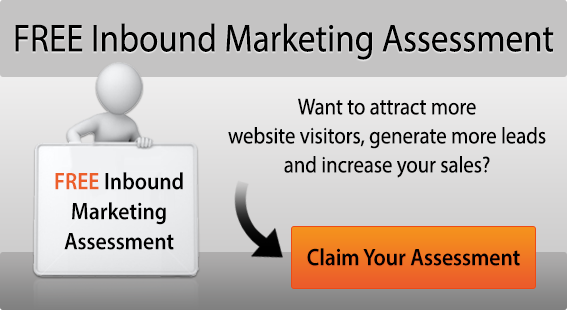A Practical 4 Point Growth Plan For Your B2B Business You Can Implement This Year

Every company needs to be forward-thinking in order to grow. What this means in practice is adopting and maintaining a mind-set for growth, proactively seeking out opportunities and embracing change as an opening for improvement. If you'd like to take your B2B business to the next level in 2020 – and yes, it is possible, despite Covid-19 and whatever else – here are the essential steps to take.
1) Find New Customers
‘Find new customers’ is a classic example of cheap words that translate into hard practice – but new customer acquisition becomes a whole lot easier once you know exactly who your prospective customers are and why they are likely to buy your stuff. That’s why every growth plan should start by identifying your ideal customer.
This should be a fairly detailed profiling exercise. You might think you have an idea of who your perfect customers are already - but it's time to go deeper into their anxieties, expectations, and the driving factors behind their purchases. Don’t assume you’re already in the Goldilocks Zone with your current customers, as there may be untapped markets for your products and services you haven’t explored yet. Working with a business growth specialist can help you, as you create a detailed, multi-layered buyer persona. This persona or profile can be used later for precise targeting, making the process of finding and securing leads cheaper and more successful.
2) Check out the Competition
As well as customers, any successful business needs to know who their competitors are. Your growth plan should take into account what they're doing at the present moment, especially how they’re responding to the coronavirus crisis and the easing of lockdown. Some may have introduced innovations you can learn from and others may have gone out of business – something you can learn from too.
Review your competitors' online and offline presence; check out where their visitors are coming from, which keywords they're potentially using to attract leads, and what their branding strategy is like. This is a good opportunity to see what they're doing right - and wrong.
3) Refresh your Branding
Armed with up to date information about customers and competitors, now it's time to take a look inwards – to how your brand speaks to the challenges faced by your market in 2020 and how your company addressed these needs. Refreshing a brand can be a controversial process. You're already comfortable and familiar with your brand - but if you're trying to attract new business in a drastically changed landscape, it may be time to look at your products and services – and the marketing and sales messages you use – in a different light.
Working with a business development partner is essential here. You'll need a fresh, objective pair of eyes to take a good look at your current branding and suggest changes. Ideally, you'll want to develop a more compelling brand; this can help attract customers who might have previously overlooked you before the pandemic.
4) Reconsider your Online Strategy
The online world is essential for every business. In 2020 the Internet is the water we all swim in – far more than simply a useful tool - so make sure you're using digital sales and lead generation platforms correctly. Taking a look at your online strategy can be a long and involved process, but it doesn’t have to cost a fortune and always pays long term dividends.
First, have a look at your website. Does it reflect your new, updated brand? Is it user-friendly? Does it guide prospects through the conversion journey?
You should also have a strategy in place to keep your website from becoming static. Plan to regularly roll out content, perhaps in the form of a blog and new landing pages. At the same time, look at your online presence as a whole. Are you making the most of your email communications with customers and prospects? What is your social media presence like? Are you fully engaged with the social networks that your ideal customers are most likely to use?
Moving Forward with Your Growth Plan
When you have put these steps in place, you should have a better vision of the future, including who your customers are, where to find them, what they’re looking for, and what to say to them. Your brand should be more precisely defined, your immediate goals clearer, and your ideal customer base easy to identify.
With this information, you can more readily move forward, using your growth plan to lead your business in new directions. At JDR, we stand ready to support your growth plans and help you be the best you can be. To find out more about how we can help, please give us a call today.
Image source: Unsplash



